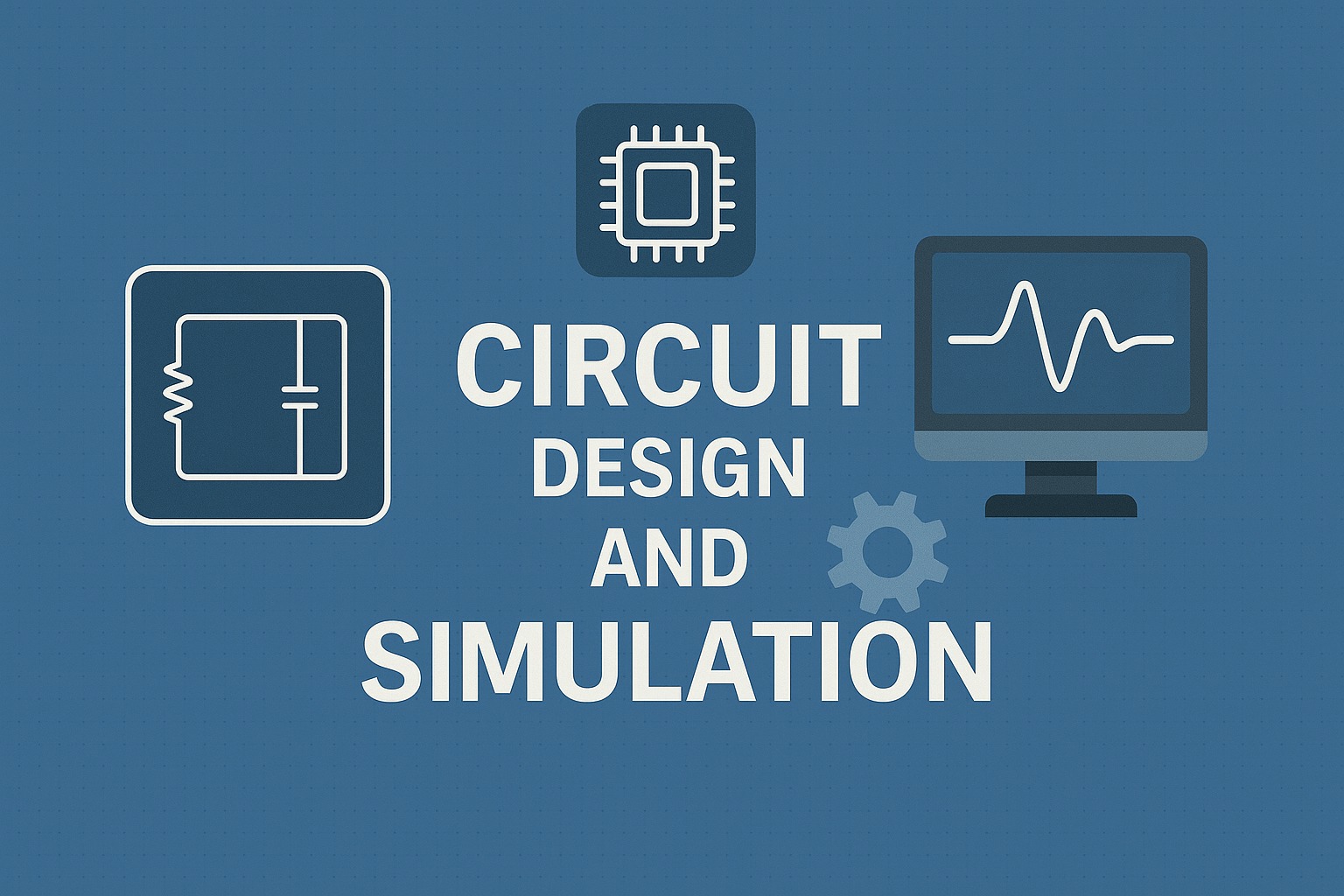
About Course
The Circuit Design and Simulation (MATLAB, SPICE) course is designed to provide students with a comprehensive understanding of circuit design principles and how to simulate electrical circuits using two industry-standard tools: MATLAB and SPICE. This course explores the design, analysis, and optimization of electronic circuits, with a focus on using these software tools to simulate the behavior of circuits before physical construction. MATLAB and SPICE allow engineers and designers to test various parameters of a circuit, including voltage, current, and power, and observe how circuits behave under different conditions, making them invaluable in the design and testing phases.
Through this course, students will gain hands-on experience with both simulation techniques and the practical aspects of designing and testing electronic circuits, including analog and digital circuits.
Course Content
Introduction to Circuit Design
-
Overview of electrical circuit components: resistors, capacitors, inductors, diodes, transistors, and operational amplifiers
-
Basic electrical laws: Ohm’s Law, Kirchhoff’s Voltage Law (KVL), and Kirchhoff’s Current Law (KCL)
-
Circuit configurations: series, parallel, and series-parallel circuits
-
Basic concepts of voltage, current, power, and energy in circuits
